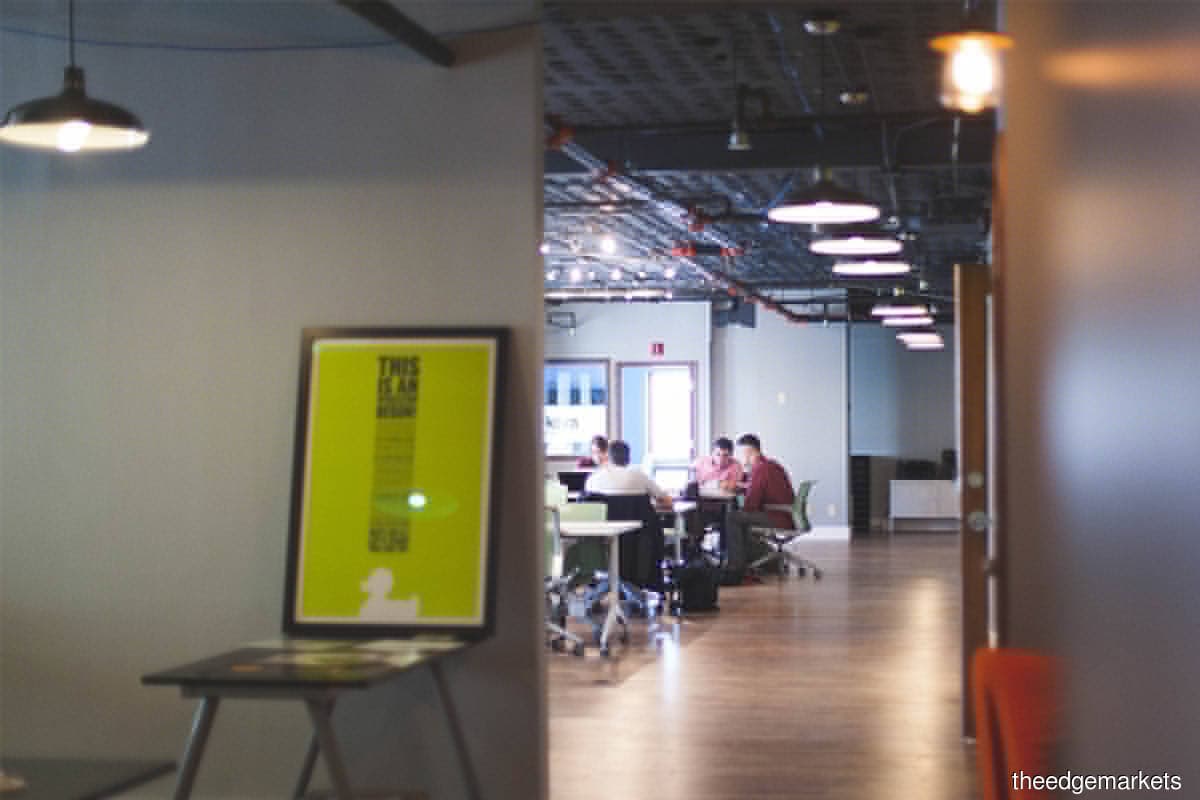
This article first appeared in City & Country, The Edge Malaysia Weekly on October 3, 2022 - October 9, 2022
Globally, the building sector is said to account for more than 40% of energy consumption, generate about 40% of all waste and consume some 16% of water for construction activities. In Malaysia, buildings take up almost half of the electricity generated in the country.
With global warming issues rapidly gathering momentum, nations — big and small — have no choice but to embrace the green agenda.
Malaysia is committed to net zero carbon by 2050. Like it or not, ready or not, addressing climate change issues is our collective responsibility. To set the ball rolling, some state and municipal councils have begun incentivising developers to green their projects. Sadly, those in the supply chain have been left out.
On the corporate front, environmental, social and governance (ESG) criteria are being applied to screen investments based on corporate policies and to encourage companies to act responsibly towards greening the earth.
A shout-out to financial institutions that are partnering property developers to promote the green agenda by incentivising buyers of green-certified projects or townships with special end-financing rates. Whether these rates offered in the name of green go a significant way towards cushioning the additional cost of owning a green-certified project is another story altogether. Nevertheless, it is a laudable move.
Developers have also started partnering with utility players in the green journey.
Long and winding road
The road towards green is never — and will never be — a straight one. Green-related challenges confronting one industry differ from the next.
As it is, the Malaysian building and construction sector is still reeling from a convergence of negative factors due primarily to affordability issues on top of a troubling supply-demand mismatch. These woes have been further compounded by the impact of the pandemic.
The good news is homebuyers are still active on the market, but have become even more selective and price-sensitive. Besides the location factor, concept and developer’s reputation and track record in value creation, price is often a deal breaker.
Meanwhile, promoters of green technologies and systems have argued the benefits of new green-related business opportunities but, even so, this is hardly something that is going to happen anytime soon.
Painful transition
The property development sector now finds itself trapped in a painful transitional phase pressured by costs.
Chasing the green agenda, interestingly, has given real estate green certification a new lease of life. It is now seen as a convenient tool in benchmarking eco-friendly investments. Several green building ratings are available on the market, but fulfilling all their criteria is both arduous and costly.
The project under review is scrutinised and rated not only for its design, planning and equipment but also its construction processes, both upstream and downstream. There is also the certification fee to contend with.
It is true that the cost of going green will be eased with economies of scale but, until such time, developers will presumably pass them on to the market.
Would buyers be willing to cough up a green premium for something non-tangible such as the use of green cement over the cheaper Portland type that the market is so accustomed to?
There is a better chance that buyers would pay for something tangible such as creative, sustainable landscaping and passive eco-friendly design and layouts. But, to spend more on the use of green cement?
Driving down the cost of green cement is the way forward, but this is plausible only with a pickup in demand. A chicken-and-egg situation, one might say.
Let us also not forget that housing issues and affordability in Malaysia vary considerably with location and type.
In a nutshell, while we continue to benchmark ourselves against best-in-class global standards, let us not get too obsessed about achieving the end goal immediately.
The last thing we need is greenwashing attempts, done consciously or otherwise.
Common sense must prevail. Start with something practical, something that is doable immediately.
As a leading developer has put it aptly, go with baby steps. Focus first on the high-impact areas. Go “wide” with the greening efforts, not “deep” as yet.
It is not wise to bite off more than one can chew.
In this context, issuers of green certification should come together to rethink the approach to defining green housing in Malaysia, while still keeping the benchmark intact.
For starters, could there be a step-up mechanism in the interim to achieve the goal of the current platinum, gold, silver or bronze ratings?
Such a mechanism can serve to basically recognise the developer’s will to go green but whose effort is immediately hampered by extenuating circumstances. But developers could be acknowledged for their adoption of passive eco-friendly designs in the building design and layout at the very least.
After all, it would be unrealistic to assume that all green-certified buildings will remain green through the years. The key to sustainability lies in excellent maintenance.
Green certification aside, the government has a pivotal role to play. Land being a state matter, state governments and local authorities must come together to issue sensible, clear and transparent green guidelines and incentives. Providing green incentives to developers only, but not those in the supply chain, is short-sighted. Going green does not start and end with developers.
Efforts to educate the public on the green agenda must be pursued relentlessly. Everyone must know, understand and accept the what and why of the urgent need to green the earth.
A successful green agenda rests firmly on a holistic buy-in from all stakeholders.
The heart of the matter is a matter of the heart. That’s the Real Deal.
Au Foong Yee ([email protected]) is editor emeritus at The Edge
Save by subscribing to us for your print and/or digital copy.
P/S: The Edge is also available on Apple's AppStore and Androids' Google Play.

